Imagine wandering through a sun-baked desert, only to come face to face with a creature that seems plucked from ancient legends—a spiky, armored lizard with an astonishing superpower. In a moment of peril, this small reptile can shoot jets of blood from its eyes, shocking any would-be attacker. It sounds like a myth, but it’s a bizarre reality of the horned lizard, a marvel of evolution that blends the line between the ordinary and the extraordinary. The story of the horned lizard is not just about survival; it’s a testament to nature’s creativity, resilience, and the utterly surprising ways life can adapt to the harshest environments.
The Astonishing Blood-Squirting Defense
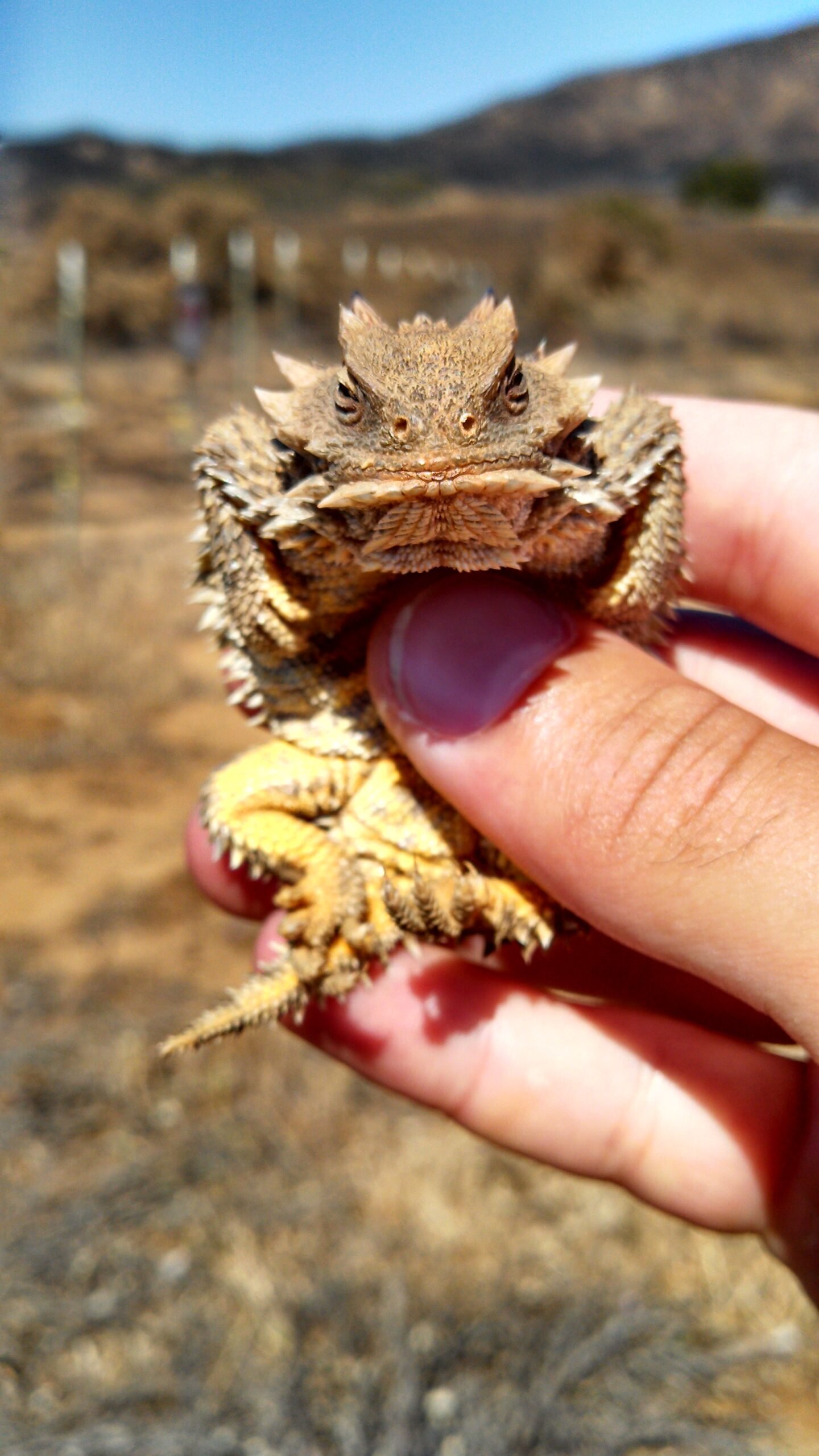
The horned lizard’s most jaw-dropping feature is its ability to shoot blood from its eyes, a spectacle that seems straight out of a science fiction novel. When threatened by predators, especially canines like coyotes, the lizard increases the pressure in tiny blood vessels around its eyes. In a split second, it ruptures these vessels, launching a stream of blood up to five feet. This strange defense is more than dramatic; the blood contains chemicals that taste foul to many predators, effectively deterring attacks. For the horned lizard, this act is a desperate but ingenious last line of defense, giving it a fighting chance in a world teeming with danger.
A Living Suit of Armor: The Horned Lizard’s Spiky Appearance
At first glance, the horned lizard looks like a miniature dinosaur, armored in an impressive array of horns and spines. These sharp protrusions are not just for show. They serve as a physical barrier, making the lizard difficult and unpleasant for predators to swallow. The horns are actually modified scales, and the largest pair sits at the back of the head, offering extra protection to vital areas. This spiky suit helps the horned lizard blend into rocky terrain, adding camouflage to its impressive defensive toolkit. It’s a case where looking dangerous can be just as effective as being dangerous.
Masters of Disguise: Camouflage in the Desert
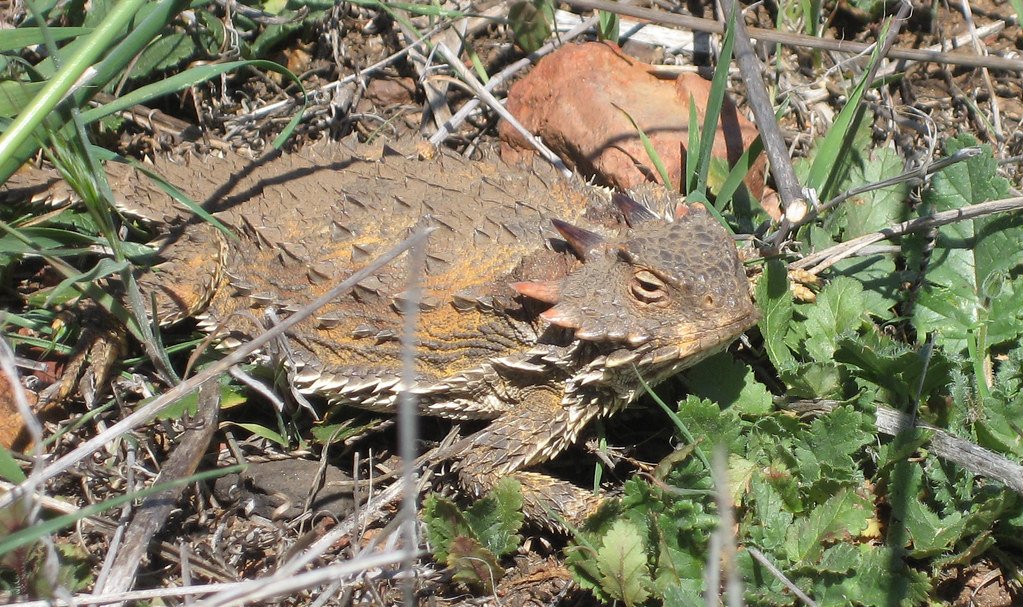
Survival in the wild is all about staying hidden, and horned lizards are masters at blending in. Their rough, bumpy skin comes in shades that perfectly match the sandy deserts, gravelly plains, and rocky outcrops they call home. When threatened, horned lizards flatten their bodies against the ground, making themselves almost invisible to both predators and prey. This ability to disappear into the background is crucial, as it often means the difference between life and death. The next time you walk through the desert, look closely—what appears to be a stone might just blink back at you.
Diet: The Relentless Ant Hunter
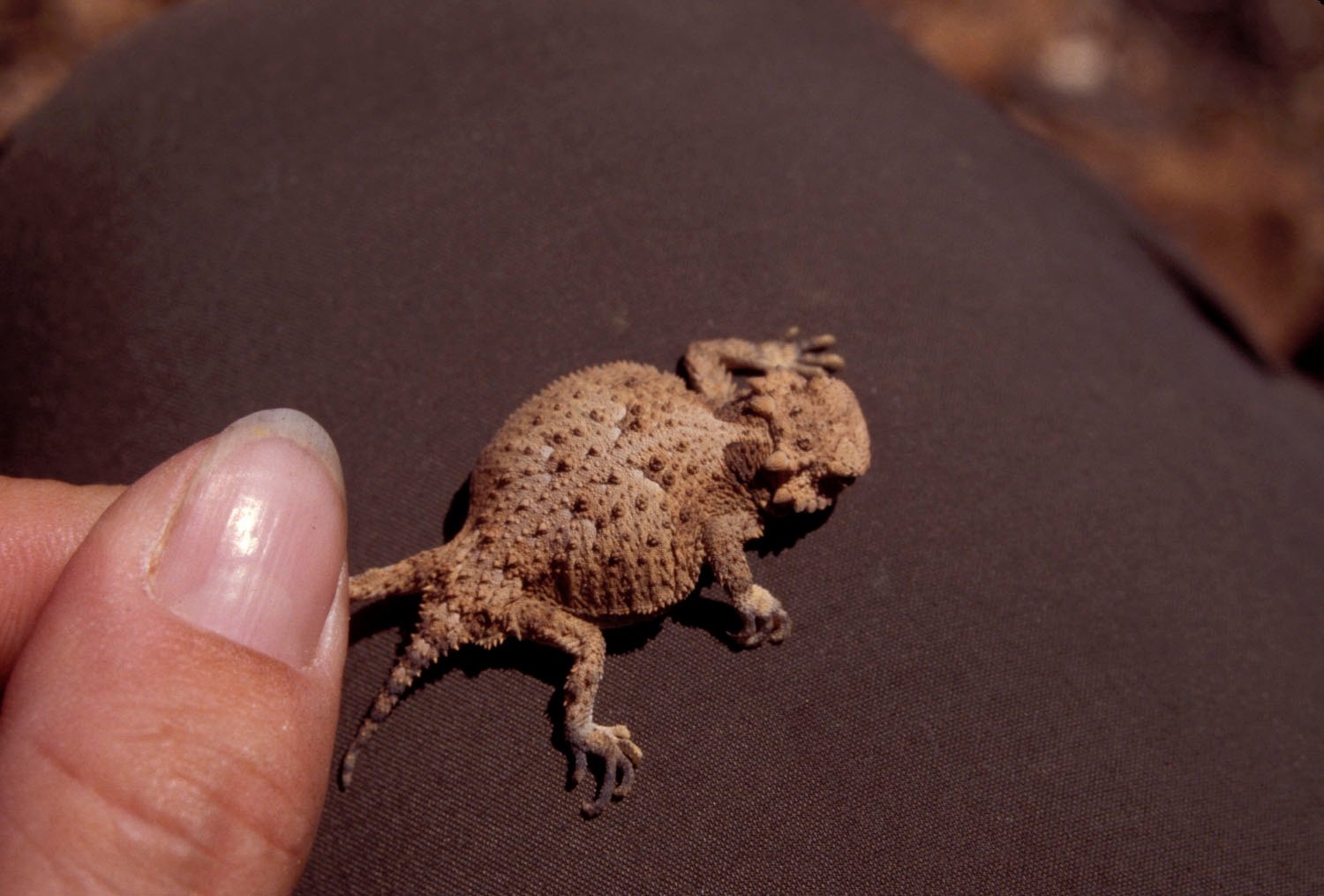
Horned lizards are picky eaters with a specialized palate: they love ants, especially harvester ants. A single lizard can consume thousands of ants in one meal, using its sticky tongue to snatch them up with lightning-fast precision. This diet is not just a matter of taste; harvester ants are abundant but also fiercely defended with venomous stings. The horned lizard’s body is uniquely adapted to handle these toxic meals. By focusing on ants, horned lizards help control insect populations and play a vital role in their desert ecosystems. Their relentless ant-hunting is a daily battle, but one that keeps them alive and thriving.
Habitat: Surviving in Harsh Environments
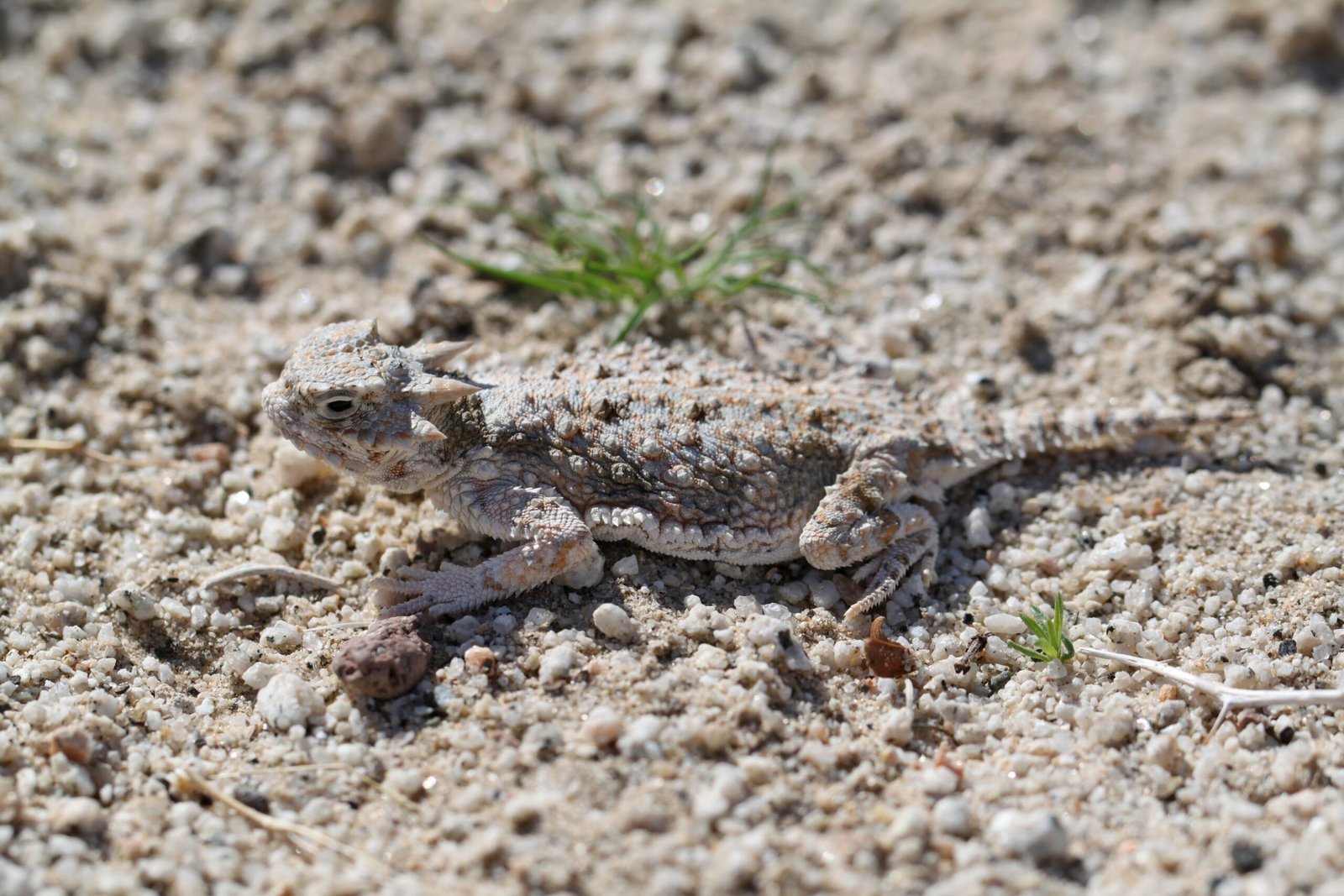
Horned lizards are true survivors, thriving in some of the harshest environments of North and Central America. From arid deserts to scrublands and open woodlands, these lizards have adapted to extreme temperatures and scarce water. Their bodies are built to retain moisture, and they can go for long periods without drinking. When rain does fall, horned lizards use specialized scales to channel water directly to their mouths. It’s a remarkable adaptation to a world where every drop counts. Their presence is a silent reminder of how life can flourish, even in the most unforgiving places.
Reproduction: The Next Generation of Oddballs
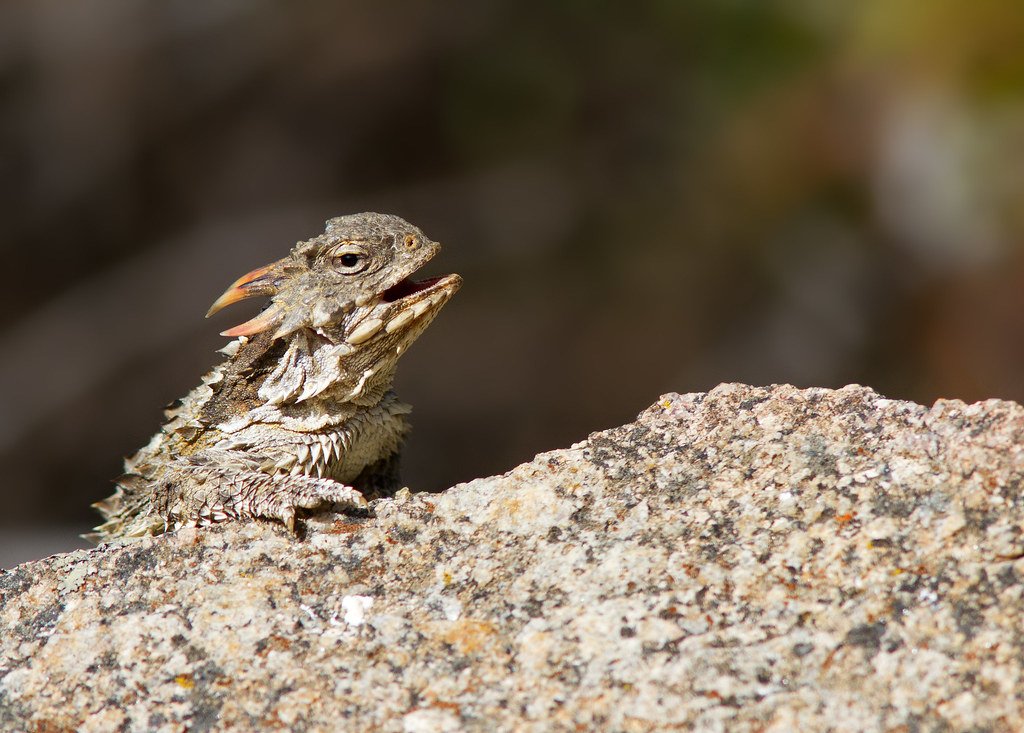
Every spring, horned lizards embark on a mission to ensure their species’ survival. Females lay eggs in carefully dug burrows, hidden from the scorching sun and lurking predators. Depending on the species, clutch sizes can range from a handful to over two dozen eggs, each one a fragile promise of future lizards. After several weeks, the hatchlings emerge, fully equipped with miniature horns and all the instincts they need to survive. Unlike many reptiles, horned lizards do not guard their young, leaving the tiny hatchlings to fend for themselves from day one. Despite these challenges, their populations endure, a testament to the lizard’s resilience and adaptability.
Predators and Threats: Living on the Edge
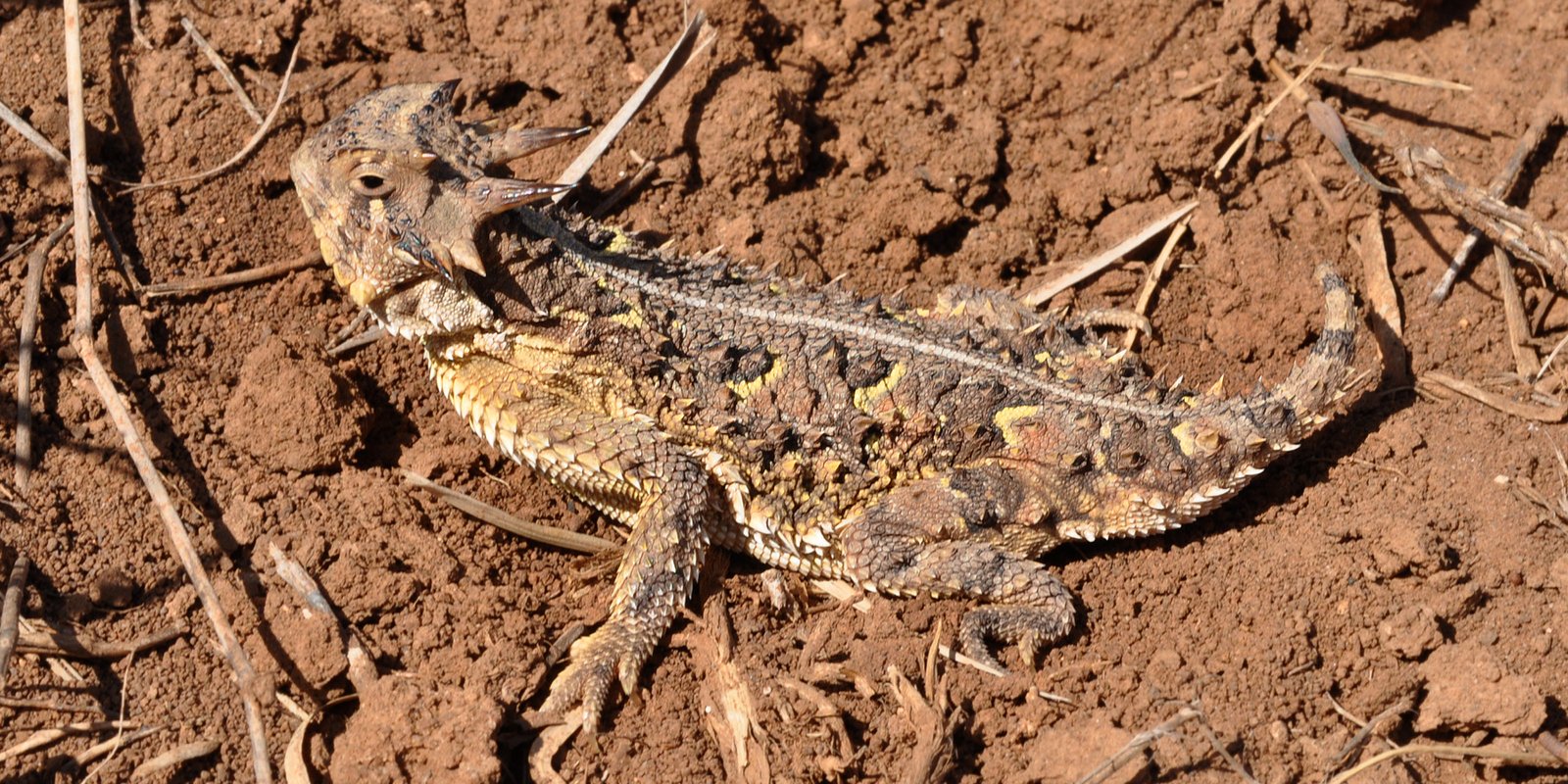
Life is never easy for the horned lizard. Predators like snakes, birds, and mammals view them as a potential snack, and not even their spiky armor and blood-squirting tricks can save them every time. But natural threats aren’t the only dangers. Human activities, from habitat destruction to the spread of invasive fire ants, have made survival even harder for many horned lizard species. Pesticides and urban development chip away at their homes, while roads fragment their territories. Despite these mounting pressures, horned lizards continue to hold on, clinging to the wild spaces that remain.
Unique Species: A Family of Horned Oddities
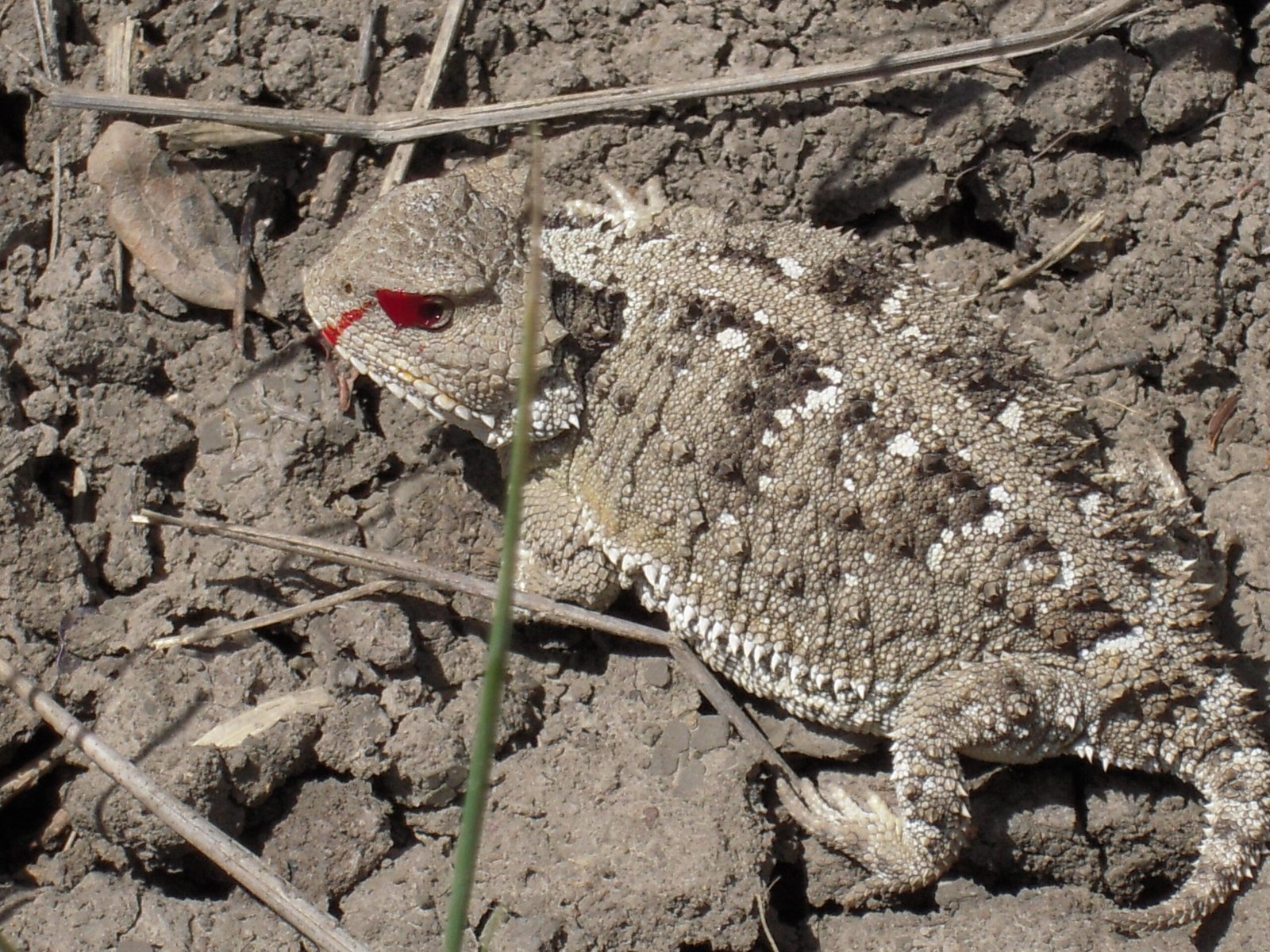
Not all horned lizards are created equal—there are over 15 different species, each with its own quirks and specialties. Some, like the Texas horned lizard (often called the “horny toad”), are famous for their blood-squirting defense. Others, such as the regal horned lizard, rely more on camouflage and speed. Their sizes, shapes, and horn arrangements vary, but all share a rugged determination to survive. These unique species are scattered across deserts, grasslands, and forests, each adapting in their own remarkable way to local challenges. The diversity within this group is a celebration of evolution’s endless creativity.
A Symbol of the Wild West
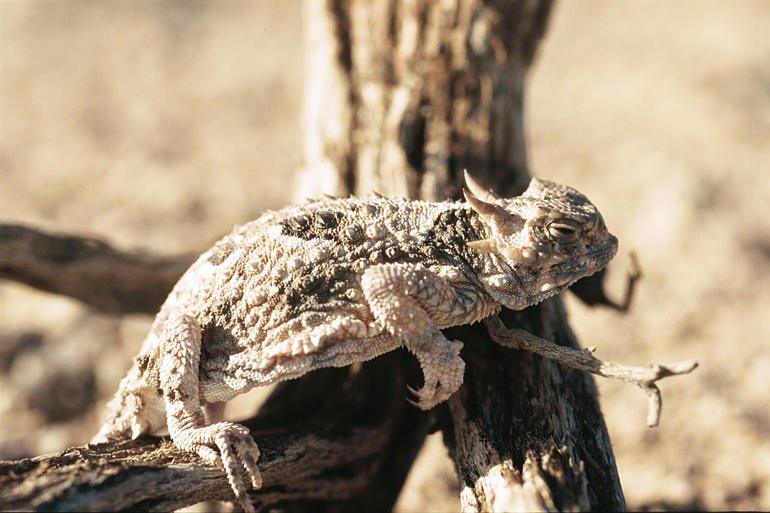
For many people, especially in the American Southwest, the horned lizard is more than just a reptile—it’s a living symbol of a rugged, untamed land. Often called the “horny toad,” it has become woven into local folklore, art, and even sports teams. Children grow up searching for these elusive creatures, and adults remember them as icons of their own wild childhoods. Despite its small size, the horned lizard holds a mighty place in the cultural imagination, reminding us of a time when the world felt vast and full of surprises.
Conservation: Fighting for Survival
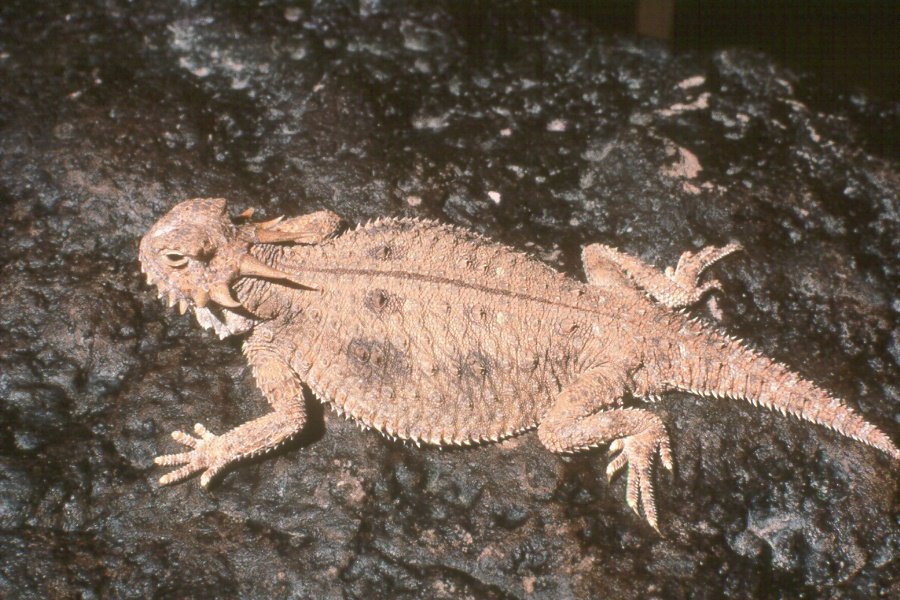
Sadly, the horned lizard’s future is far from secure. Several species are now considered threatened or endangered, their numbers dwindling due to habitat loss, pesticide use, and the spread of invasive species. Conservation efforts are underway, with scientists and local communities working together to protect the lizard’s habitat and raise awareness. Captive breeding programs, habitat restoration projects, and public education campaigns offer hope for the future. Saving the horned lizard is about more than protecting a single species—it’s about preserving the wild spirit of the landscapes they call home.
The Enduring Mystery of Nature’s Oddities
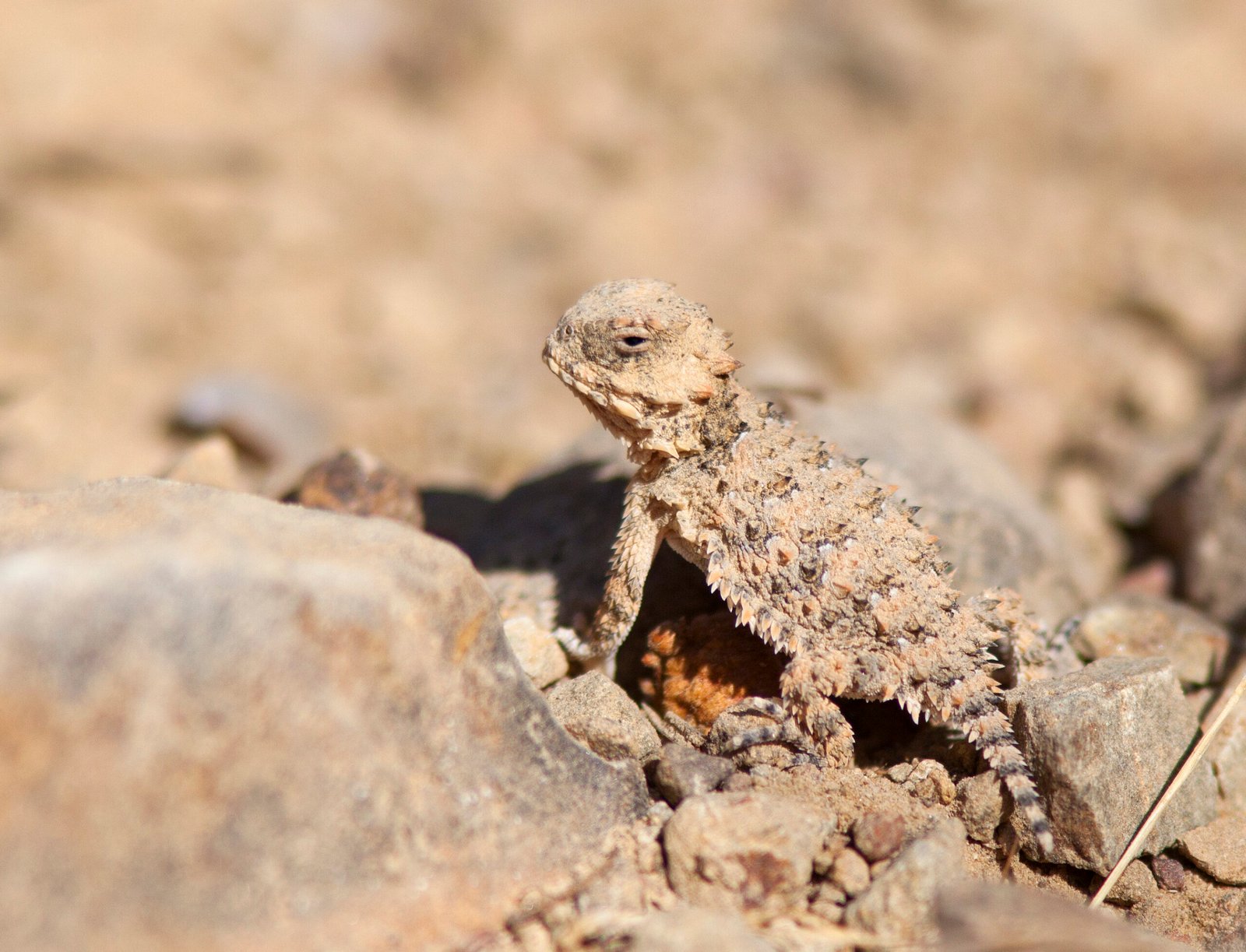
The horned lizard’s story is one of survival against the odds, a living reminder that nature is full of surprises waiting to be discovered. Its blood-squirting defense, spiky armor, and extraordinary adaptability capture our imagination and challenge our understanding of what’s possible in the animal kingdom. Every encounter with a horned lizard is a window into the wonders and mysteries that still thrive in our world. Would you have ever guessed such a small creature could wield such a shocking superpower?




